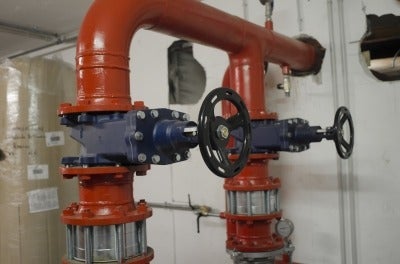
The investment, to be made through the company’s Infrastructure Investment Program (IIP), will be made across a series of gas infrastructure projects aimed at improving and supporting the reliability and resiliency of its natural gas infrastructure.
The IIP comprises various natural gas transmission and distribution replacement and enhancement projects along with a critical, integrated IT program that will come in place of the company’s existing systems installed from 1994 to 1997 which no longer have extended support after April 2025.
New Jersey Natural Gas revealed that the transmission and distribution projects included are 19 looping reinforcements. These will be undertaken to add secondary feeds or interconnect to single feed distribution systems, and will come in place of and upgrade the company’s trunk line system in Lakewood, Denville and Roxbury.
Other gas infrastructure projects that are part of IIP are replacement of more than 11km of main and installation of a new regulator station that will connect the company’s liquefied natural gas facility in Howell to its transmission backbone.
The company will also be reconstructing and relocating a regulator station in Brick Township, install 60,000 protective devices on regulator vents in flood prone areas, and install nearly 16,000 excess flow valves (EFV), which restricts the flow of natural gas automatically if a service line is broken.
New Jersey Resources president and COO Steve Westhoven said: “As a regulated utility and lifeline service provider, we have a fundamental responsibility to provide our customers with safe and reliable service.
“This obligation is what drives our investments and our commitment to proactively strengthen our systems, improve our operations and continue to exceed our customers’ expectations.”
New Jersey Natural Gas said that it has submitted a filing to the New Jersey Board of Public Utilities (BPU), seeking to recover the capital investment costs pertaining to the gas infrastructure projects through six annual adjustments to its base rate with the first change anticipated in October 2020.
The utility operates and maintains close to 12,000km of natural gas transportation and distribution infrastructure. It serves nearly half a million customers in Monmouth, Ocean and parts of Morris, Middlesex and Burlington counties.






